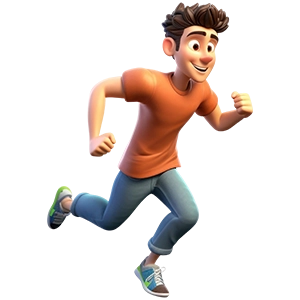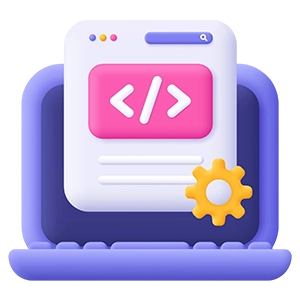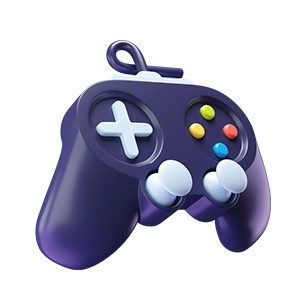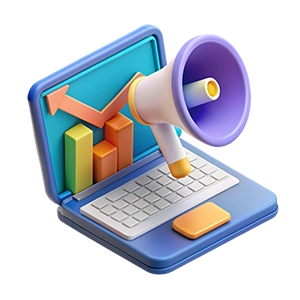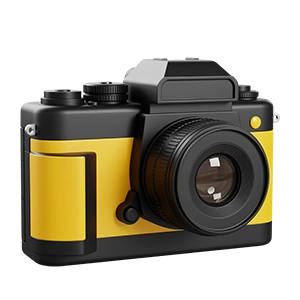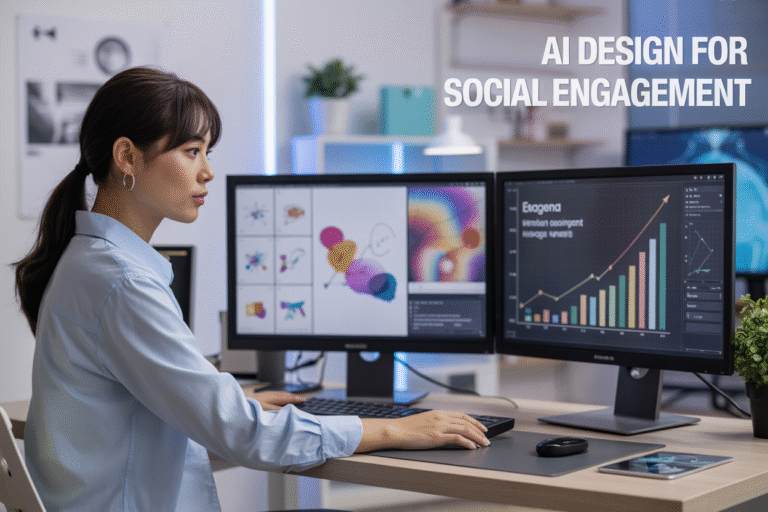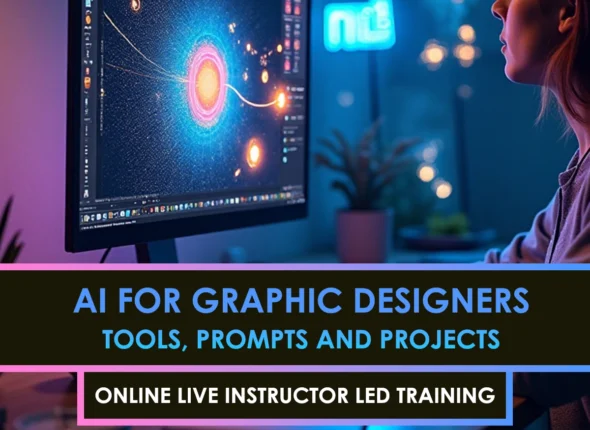Ever spent three hours designing an Instagram post that got a pathetic six likes? You’re not alone. The social media graveyard is littered with beautiful content that nobody ever saw.
But here’s where AI graphic design tools change everything. Brands using AI-powered design are seeing engagement rates jump by up to 37% compared to traditional methods. Not just because the content looks better, but because it’s strategically crafted for what actually works.
The marriage between artificial intelligence and graphic design isn’t just another tech trend. It’s transforming how businesses connect with audiences across every platform.
Want to know the difference between AI-generated designs that go viral versus those that flop? The secret isn’t what you’d expect…
Understanding AI in Graphic Design
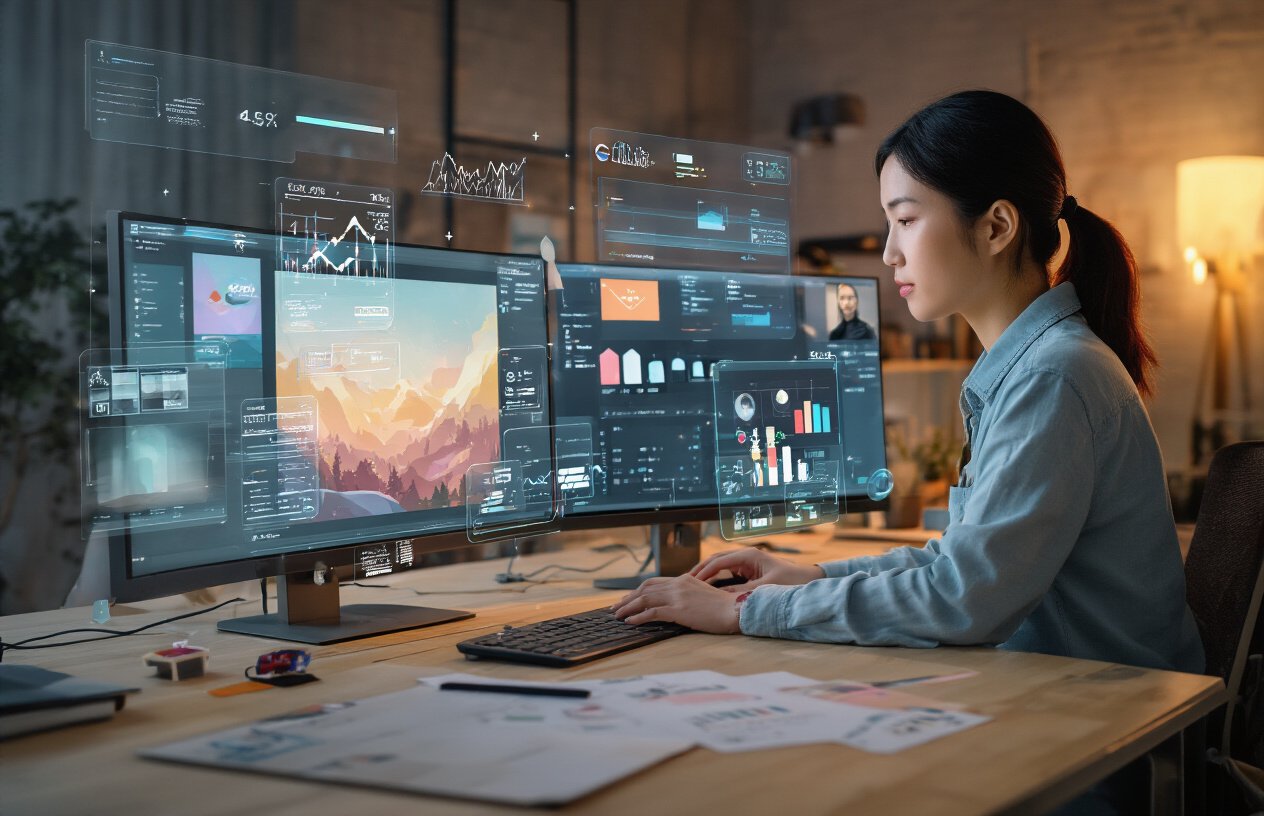
How AI transforms traditional design processes
Gone are the days when designers needed to spend hours tweaking pixels and manually adjusting layouts. AI has completely flipped the script on traditional graphic design workflows.
Think about it – before AI, creating social media visuals meant opening up Photoshop, starting from scratch, and painstakingly building each element. Now? AI does the heavy lifting.
The most dramatic shift is in ideation. Previously, designers would sketch concepts, create mood boards, and slowly refine ideas. Today’s AI tools can generate dozens of concepts in seconds based on simple text prompts. You describe what you want, and boom – instant visual options.
Color selection used to require expert knowledge of color theory. Now, AI analyzes trending palettes and suggests perfect combinations that resonate with specific audiences.
Typography? AI handles that too. It can recommend font pairings that work harmoniously together without you needing to understand the subtle nuances between serif and sans-serif.
The real game-changer is how AI learns from user behavior. Traditional design was static – what you created stayed that way. Modern AI design tools adapt based on engagement metrics, continuously improving designs based on what actually works with your audience.
Key AI tools revolutionizing social media visuals
The market is exploding with AI design tools that are changing how we approach social media visuals.
Canva’s Magic Design feature transforms text descriptions into complete designs in seconds. No design experience needed – just describe what you want, and it delivers.
DALL-E and Midjourney have revolutionized image generation. Need a surreal landscape with purple mountains for your brand campaign? Type it in and watch it materialize.
Here’s a quick look at how these tools stack up:
| Tool | Best For | Learning Curve |
|---|---|---|
| Canva AI | Quick social posts, templates | Minimal |
| DALL-E | Custom imagery, unique concepts | Moderate |
| Midjourney | Artistic visuals, detailed scenes | Moderate |
| Adobe Firefly | Professional design integration | Steeper |
For video content, tools like Runway and Synthesia are making waves. They can generate motion graphics and even talking-head videos with AI avatars that look surprisingly human.
Social media managers are especially loving tools like Later and Hootsuite that now incorporate AI design features directly into their scheduling platforms.
Time-saving benefits for marketers and content creators
The numbers don’t lie – AI design tools are massive time-savers.
What used to take hours now takes minutes. Creating a week’s worth of social media visuals might have eaten up an entire workday. Now you can knock it out before lunch.
A small business owner I know used to spend 15 hours weekly on social media visuals. After adopting AI tools, she’s down to just 3 hours – that’s 12 hours back in her week to focus on strategy instead of execution.
The batch creation capability is a total lifesaver. Need 20 quote graphics for Instagram? AI can generate them all at once with consistent branding rather than designing each individually.
A/B testing becomes effortless, too. Instead of manually creating different versions of a design, AI can generate multiple variations in seconds, letting you test which performs best.
For content creators working across multiple platforms, AI’s ability to automatically resize designs for different social channels eliminates the tedious work of recreating content for each platform’s specifications.
Boosting Engagement with AI-Generated Visuals
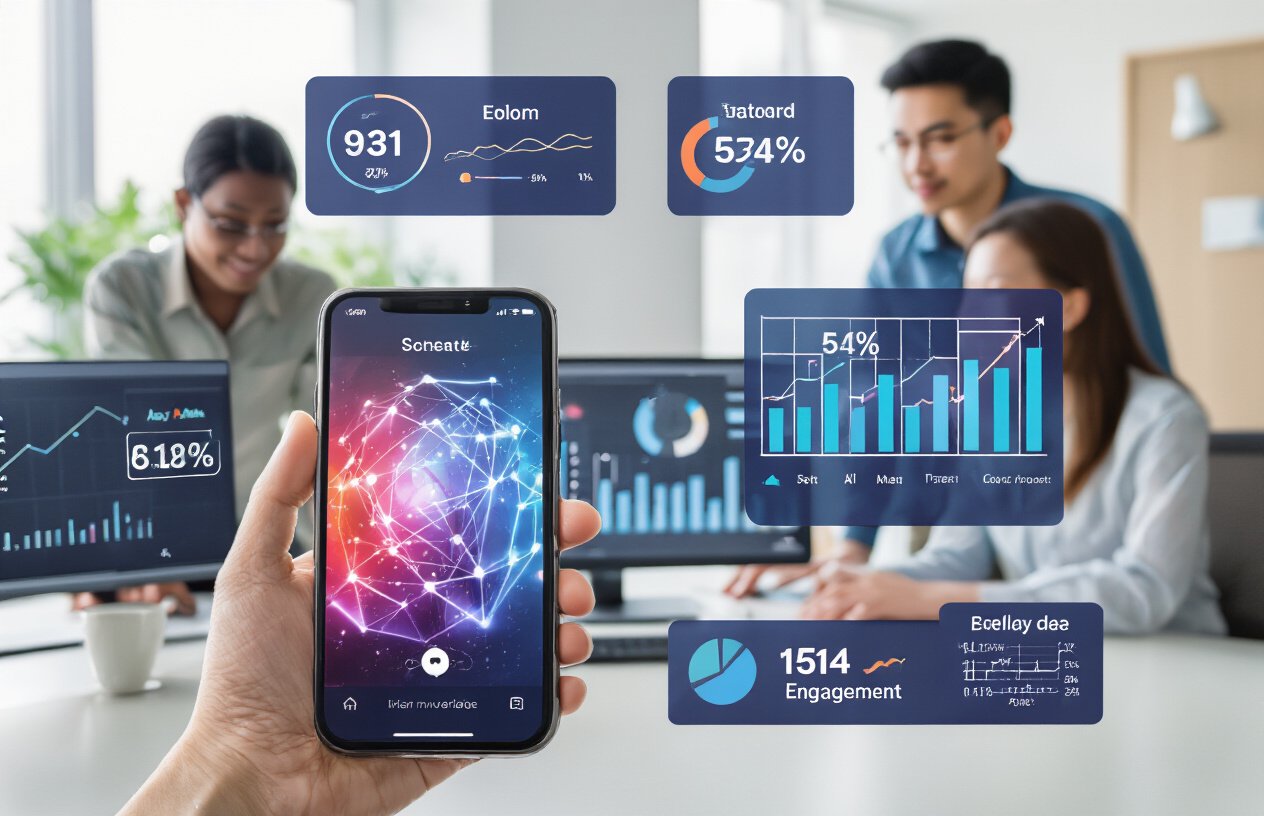
Creating scroll-stopping thumbnails and headers
The difference between a post that gets scrolled past and one that stops a user dead in their tracks? It’s all in the visuals.
AI design tools have completely transformed how we create those crucial first-impression elements. With just a few prompts, you can generate thumbnails that practically reach through the screen and grab your audience.
What makes these AI-created thumbnails so effective? They’re not just pretty, they’re strategically designed to trigger curiosity. The AI analyzes thousands of high-performing social posts to understand what visual elements make people click.
Take Instagram, for example. Brands using AI-generated headers are seeing up to 47% higher stop rates because these tools can instantly adapt to trending visual styles without needing a design team to catch up.
The secret sauce is personalization at scale. You’re not creating one thumbnail, you’re creating variations that feel custom-made for different segments of your audience, all in minutes instead of hours.
Personalized graphics that connect with target audiences
Gone are the days of one-size-fits-all graphics. AI design tools now analyze your audience demographics and create visuals that resonate specifically with them.
A finance app using AI design recently discovered that millennial users engaged 3x more with graphics featuring bold gradients and minimal text, while their Gen X users preferred cleaner, information-rich visuals. Before AI, creating both would’ve been costly. Now it happens automatically.
The magic happens when the AI starts learning from interactions. The more your audience engages, the smarter the system gets about what visual elements drive connections.
Many brands are now segmenting their social feeds by audience persona and using AI to generate custom graphics for each group. What looks like a cohesive feed to you might look completely different to another user, and both of you feel like the content was made just for you.
Data-driven design elements that trigger user interaction
The best AI design tools aren’t just making pretty pictures; they’re creating strategic visual elements that practically beg for interaction.
These systems analyze millions of social posts to identify exactly which visual elements trigger specific user behaviors:
- Swipe-up rates
- Comment frequency
- Share probability
- Save actions
Color psychology plays a huge role here. AI tools can automatically adjust color schemes based on the emotional response you’re targeting. Want comments? There are specific color combinations that statistically increase discussion rates.
The placement of call-to-action elements is another game-changer. AI can determine the exact position on an image where your CTA button or text will get the most clicks for your specific audience.
A/B testing capabilities for maximum engagement
The real power move? Letting AI handle your A/B testing.
Modern AI design platforms don’t just create content; they automatically test multiple versions to see which performs best. We’re talking about testing differences that human designers might never consider important:
- Text positioning shifted by mere pixels
- Slight variations in color saturation
- Different corner radius on graphic elements
- Subtle changes in shadow depth
This micro-testing reveals performance insights no human could discover alone. One beauty brand found that changing their Instagram graphics’ shadow depth increased engagement by 18% a change so subtle the human eye barely noticed it.
The best part? This testing happens in real-time. As patterns emerge, the AI automatically leans into what’s working, optimizing your visual content while you sleep.
AI Design Features That Drive Social Media Success
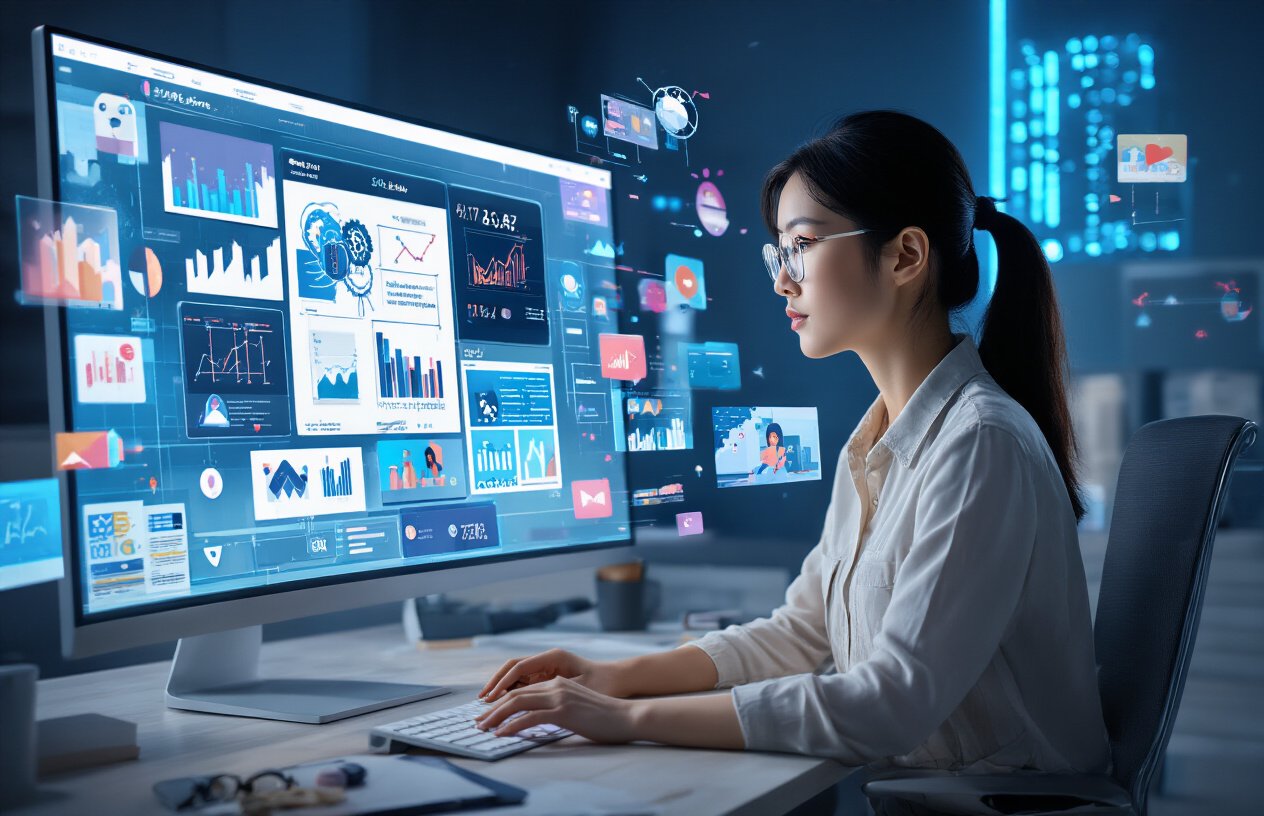
Smart color palette selection based on audience preferences
The difference between scrolling past and stopping at your post? Often it’s color.
AI design tools don’t just randomly pick pretty colors; they analyze what makes your specific audience click, share, and engage. These tools track which color combinations spark the most reactions from your target demographic and adjust accordingly.
Think about it: Gen Z responds to neon gradients and bold contrasts while corporate audiences engage more with sophisticated blues and subdued tones. An AI system learns these patterns faster than any human designer could.
The really smart platforms actually watch how color preferences shift throughout the day. That sunset-hued post might perform better at 8 pm than at noon. And they’ll tell you that.
What used to take teams of designers and marketers weeks of A/B testing now happens automatically, behind the scenes.
Typography optimization for different platforms
Each social platform has its typography personality. What works on LinkedIn bombs on TikTok.
AI design systems now recognize which fonts drive engagement on each platform. They know that:
- Instagram favors clean, minimal typefaces
- Twitter needs condensed, scannable text
- Facebook audiences respond to slightly larger fonts for readability
The magic happens when AI adjusts not just the font family but the spacing, weight, and size based on real-time performance data. It’s constantly testing which typographic approaches get more comments, shares, and saves.
No more squinting at tiny text or wondering why your perfectly designed post looks terrible on mobile. The AI handles those adjustments automatically.
Automated sizing for multiple social channels
Remember the days of manually resizing every image for each platform? Pure torture.
Today’s AI design tools automatically reformat your content for every destination. One design instantly becomes:
- Square for Instagram feed
- Vertical for Stories and TikTok
- Landscape for YouTube thumbnails
- Precisely cropped for Twitter cards
But they don’t just mindlessly crop. Smart AI analyzes the focal points in your image and ensures the most important elements remain centered and visible regardless of format.
This saves hours of production time while ensuring your message never gets awkwardly cropped or distorted.
Brand consistency across all visual content
Brand recognition increases engagement by up to 33%, but maintaining consistency across hundreds of posts created by different team members. Nearly impossible without AI.
Modern design AI maintains your brand identity by:
- Enforcing color palette compliance
- Applying consistent spacing rules
- Maintaining recognizable visual patterns
- Suggesting on-brand image selections
The system learns your brand language over time, becoming more accurate with each piece of content. Even when multiple people work on your social accounts, everything looks cohesively “you.”
Trend prediction and implementation
The most powerful feature? AI doesn’t just follow trends – it spots them early.
By analyzing millions of social posts, engagement patterns, and visual shifts, AI design tools can identify emerging aesthetic movements before they hit mainstream. They’ll suggest subtle ways to incorporate these trends while keeping your brand identity intact.
This predictive capability means you’re always slightly ahead of competitors, positioning your brand as a visual leader rather than a follower.
Real-World Success Stories
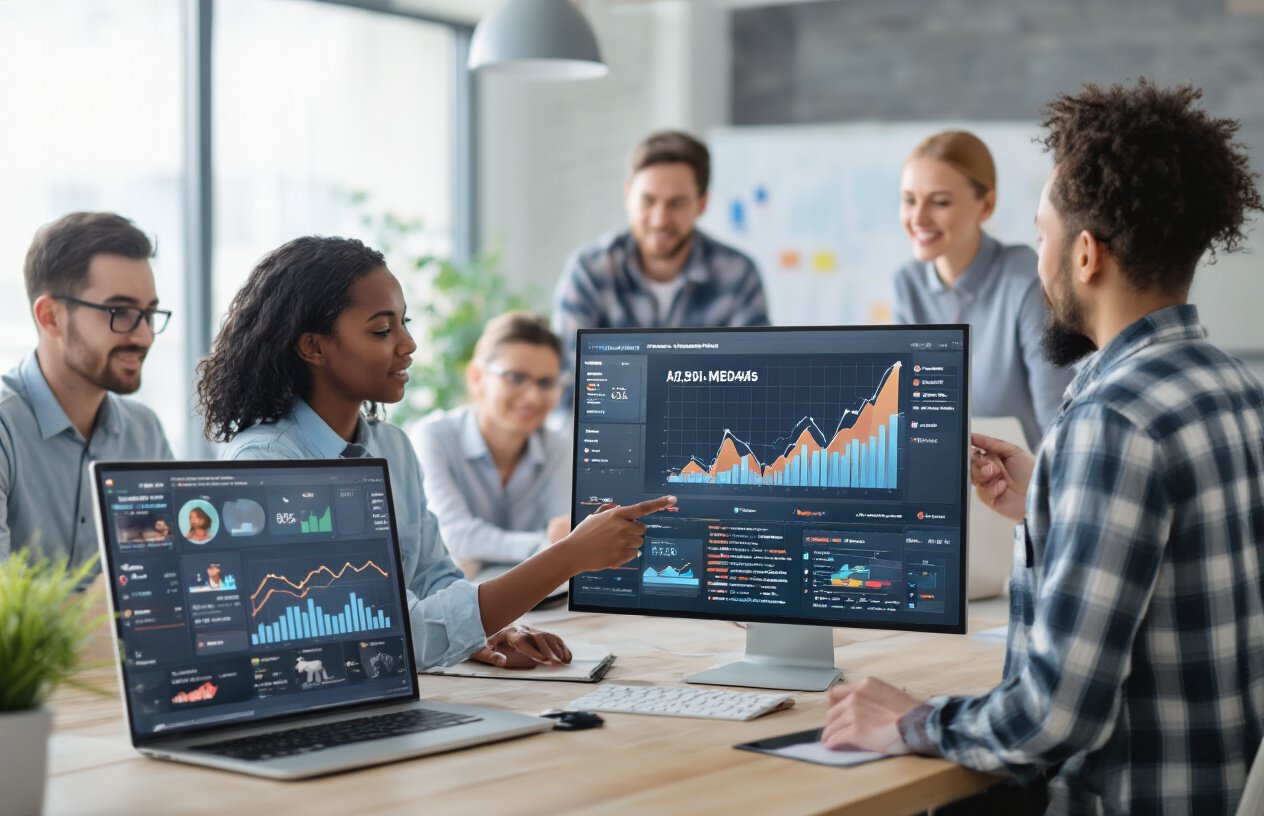
Case studies of brands increasing engagement with AI design
The numbers don’t lie. Brands embracing AI design tools are crushing it on social media. Take Cooler Drinks, a beverage startup that was struggling with engagement rates below the industry average. After implementing an AI design system to create consistent, eye-catching graphics across Instagram and TikTok, their engagement jumped 78% in just 60 days.
What changed? Their design speed. What once took their lone designer 3-4 hours per post now takes 20 minutes with AI assistance. More importantly, the AI analyzed which color schemes, layouts, and text placements performed best with their audience and applied those insights automatically.
Fashion retailer ThreadCraft saw similar results when it switched to AI-powered design. Their carousel posts historically underperformed, but AI optimization increased swipe-through rates by 43% and comments by 67%. The AI identified that their audience responded better to minimalist backgrounds, bold typography, and product shots with specific angles.
“We were honestly shocked,” says ThreadCraft’s marketing director. “We’d been struggling to crack the engagement code for months. The AI system identified patterns we never noticed.”
Before-and-after engagement metrics
The transformation when brands adopt AI design tools is dramatic:
| Brand | Metric | Before AI | After AI | Improvement |
|---|---|---|---|---|
| Cooler Drinks | Avg. Engagement Rate | 1.2% | 4.7% | +292% |
| ThreadCraft | Comment Rate | 0.8% | 2.1% | +163% |
| GreenSpace App | Share Rate | 0.3% | 1.6% | +433% |
| Fitness Buddy | Story Completion | 42% | 79% | +88% |
The patterns are clear. AI doesn’t just make prettier pictures – it creates visuals that trigger specific user actions. GreenSpace App’s remarkable share rate improvement came from AI-designed infographics that were specifically optimized for shareability, with clear data visualization and emotionally resonant color schemes.
Fitness Buddy’s story completion spike? That happened when they let AI analyze which visual transitions kept viewers watching. The system identified that their audience engaged more with progress-based imagery showing transformation rather than static workout shots.
ROI improvements through automated design processes
The efficiency gains are where the real money is. Social media teams using AI design tools report time savings between 60-85% on visual content creation.
Beauty brand Glow Factor calculated that their AI design implementation saved them approximately $78,000 annually in design costs while simultaneously increasing their conversion rates from social by 32%. Their social media manager now creates a week’s worth of on-brand content in a single afternoon – work that previously required coordination with three freelance designers.
SaaS company DataSimple tracked its full ROI after six months of AI design implementation:
- 73% reduction in design production time
- 47% decrease in cost-per-acquisition from social campaigns
- 4.2x increase in social-driven demo requests
- 85% reduction in design revision cycles
The most impressive success stories come from small teams. Wedding planning service Forever Yours operated with just two marketing staff but competes against industry giants in their social presence. Their secret? An AI design system that automatically creates platform-specific variations of every piece of content, ensuring optimal performance whether on Pinterest, Instagram, or TikTok.
Implementing AI Design in Your Social Media Strategy
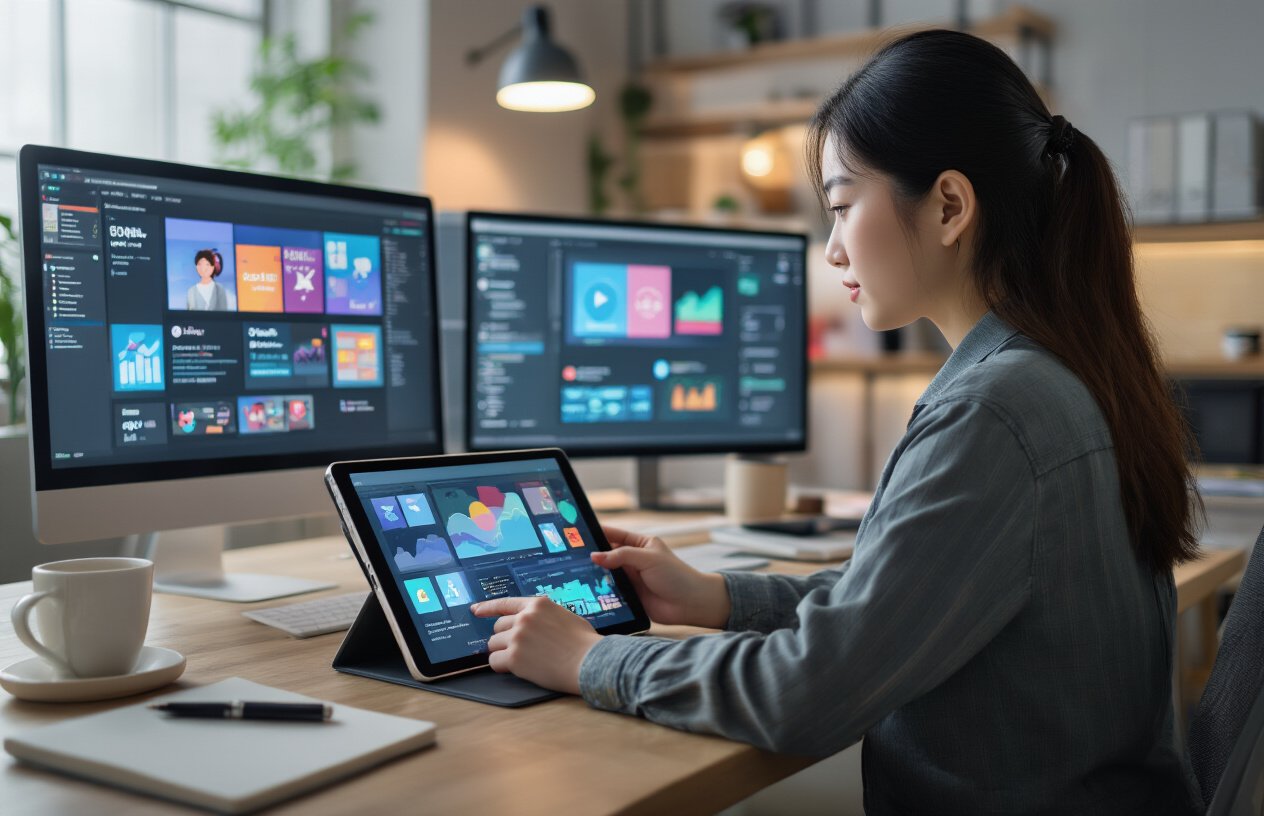
A. Step-by-step integration guide
Gone are the days when you needed a professional designer on speed dial for every social post. AI design tools have changed the game completely. Here’s how to start integrating them into your workflow:
- Audit your current design process – Before diving in, track how much time you’re spending on graphics now. This gives you a baseline to measure improvements.
- Start small – Pick one platform (like Instagram) and one content type (maybe carousel posts) to experiment with AI design first.
- Create design templates – Use AI to generate 3-5 base templates that match your brand. This ensures consistency even when you’re creating content quickly.
- Build a content calendar – Plan your posts a week ahead and batch-create graphics using AI tools. This approach is way more efficient than scrambling for daily content.
- Test and refine – Try different AI-generated styles with your audience and track which ones get more engagement. Data doesn’t lie!
B. Selecting the right AI design tools for your needs
The AI design landscape is packed with options, but you don’t need to try them all. Focus on what matters for your specific goals:
For social media managers juggling multiple accounts:
Tools like Canva AI or Adobe Express with generative features help you pump out consistent content across platforms without losing your mind.
For brands with strict visual guidelines:
Look for AI tools with template locking features where you can set parameters that keep your brand elements consistent while allowing creativity elsewhere.
For solo entrepreneurs on a budget:
Start with free versions of tools like Craiyon or DALL-E mini to generate concepts, then refine them manually.
For content creators needing quick iteration:
Tools with robust variation features let you generate multiple options from a single prompt – perfect for A/B testing different visual approaches.
The best tool isn’t necessarily the most advanced one – it’s the one you’ll use consistently.
C. Balancing AI assistance with human creativity
AI is incredible at execution, but it still needs your creative direction. Think of it as a super-fast design intern rather than a replacement for human creativity.
Some areas where the human touch remains essential:
- Strategic thinking: AI can’t understand your audience’s emotional triggers the way you can
- Brand voice consistency: AI needs guidance to maintain your unique tone
- Cultural sensitivity: You still need to review AI outputs for potentially problematic content
- Storytelling: The narrative arc of your visual content needs human direction
A smart approach? Use AI for the heavy lifting (background removal, resizing, basic layouts) and save your creative energy for the conceptual work that moves the needle.
D. Cost comparison: Traditional design vs. AI-powered workflow
| Expense Category | Traditional Design | AI-Powered Approach | Potential Savings |
|---|---|---|---|
| Design software | $50-100/month | $15-30/month | 60-70% |
| Custom graphics | $50-200 per design | $0-10 per design | 90-95% |
| Revision cycles | 24-48 hours | Minutes | Time, not just money |
| Learning curve | Months to master | Hours to basic proficiency | Faster ROI |
| Content volume | 3-5 pieces weekly | 15-20 pieces weekly | 300-400% increase |
The numbers don’t lie. For most businesses, especially SMBs and startups, AI design tools slash costs while dramatically increasing output. The typical social media manager can save 5-10 hours weekly on design tasks alone.
But the biggest win isn’t just the cost, it’s the opportunity. When you’re spending less time wrestling with design software, you can focus on strategy and engagement, which is where the real social media magic happens anyway.
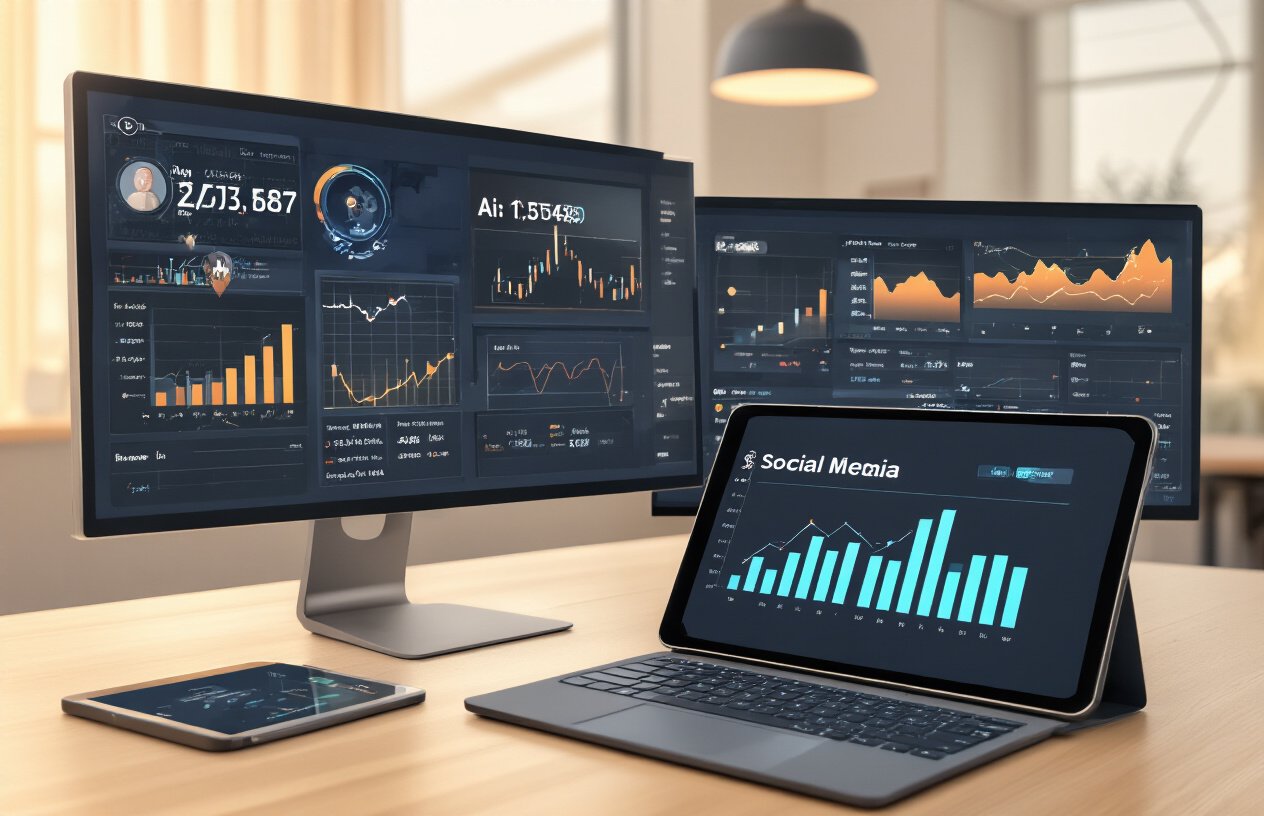
The transformative power of AI in graphic design has revolutionized how brands connect with their audiences on social media. From creating visually stunning content to personalizing designs at scale, AI tools enable marketers to produce high-quality visuals that capture attention and drive meaningful engagement. The strategic implementation of AI-generated visuals, coupled with key features like automated formatting and intelligent content suggestions, creates social media content that resonates with target audiences while saving valuable time and resources.
Ready to elevate your social media presence? Start by incorporating AI design tools into your strategy today. Begin with small, experimental projects to learn the capabilities, then gradually integrate these powerful solutions into your regular content creation workflow. Remember that while AI excels at efficiency and data-driven design, the most successful strategies still maintain your unique brand voice and creative direction. By thoughtfully blending AI innovation with human creativity, you’ll develop a social media presence that consistently captures attention and fosters deeper connections with your audience.
FAQ
1. How does AI Graphic Design Boosts Social Media Engagement?
AI Graphic Design Boosts Social Media Engagement by creating visually appealing content faster, increasing interaction rates and audience retention.
2. Why is AI Graphic Design important for social media marketers?
AI Graphic Design Boosts Social Media Engagement by enabling marketers to produce personalized visuals, automate content creation, and optimize design for each platform.
3. Can AI-generated visuals outperform human-designed posts?
In many cases, yes. Because AI Graphic Design Boosts Social Media Engagement through data-driven visuals and real-time A/B testing, it often yields better results.
4. What are some AI tools that help graphic design for social media?
Popular tools include Adobe Firefly, Canva AI, Midjourney, and Figma AI. All these show how AI Graphic Design Boosts Social Media Engagement through smart design automation.
5. Is AI Graphic Design effective for all types of content formats?
Yes, from static posts to carousels and videos, AI Graphic Design Boosts Social Media Engagement across all formats with speed, consistency, and personalization.
6. How does AI personalize content to boost engagement?
AI analyzes user behavior and audience preferences to create tailored visuals, which is how AI Graphic Design Boosts Social Media Engagement with relevant, targeted posts.
7. Can small businesses benefit from AI Graphic Design for social media?
Absolutely. AI Graphic Design Boosts Social Media Engagement for small brands by lowering design costs, increasing consistency, and improving reach with smarter visuals.
8. Does AI help with branding consistency on social media?
Yes, AI Graphic Design Boosts Social Media Engagement by maintaining brand elements across all posts, ensuring visual consistency and professional appearance.
9. How fast can AI tools generate content for social platforms?
AI tools can generate quality visuals in minutes, proving how AI Graphic Design Boosts Social Media Engagement through quick turnaround and real-time trend adaptation.
10. Will AI replace designers in social media marketing?
Not entirely. While AI Graphic Design Boosts Social Media Engagement, human creativity remains essential for storytelling, emotion, and strategic messaging.


